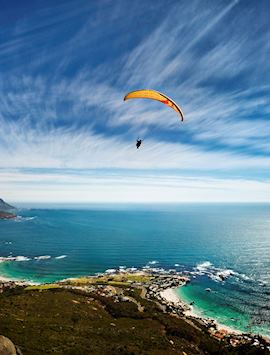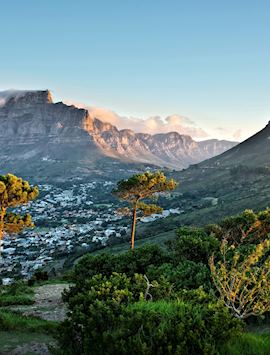By Africa specialist Robin
What I love most about South Africa is that you could visit a dozen times and have a completely fresh experience each trip. Most people initially come to spot lions and elephants on safari or to scour its vineyards to find the best glass of chenin blanc, but there’s a lot more to uncover.
So, whether you’re looking to add on a few extra days to complement your safari, or you’re returning for a second or third trip to the country and want something a little different, here are a few South African experiences I’ve tried out that showcase the many other sides of the country through its culture, history, and wilderness.
South Africa’s culture
Dubbed the ‘rainbow nation’ for its diversity of peoples, religions, and traditions, South Africa is one of my favourite countries in the continent for exploring culture — particularly through its vivacious food and art scenes.
Food tours in Cape Town

Bunny chow, bobotie, and biltong — South Africa has no shortage of beautifully spiced dishes, and Cape Town is where I recommend getting your fill. You can head out with a private guide to discover the city’s best eats on a full-day culinary adventure tailored to your tastes.
During your tour, you’ll learn as much about the country’s multicultural society as its cuisine — the two are inextricably linked. You might hear about the Indian community of Durban as you tuck into bunny chow, a curry dish served in a hollowed-out loaf of bread that’s said to have been developed by migrants as a convenient way of transporting lunch. Or, perhaps you’ll connect with the local Cape Malay community as you breathe in the eclectic aromas of a spice shop or samosa stall in the kaleidoscopic Bo-Kaap quarter.
Every tour is completely personal, but you might also try crispy pumpkin fritters, freshly shucked oysters, sweet rooibos tea, creamy milk tart, syrupy koeksisters (Afrikaner donuts), or — my personal favourite — braai (barbecue). By the end of the day, you’ll certainly have amounted enough culinary inspiration to fuel the rest of your trip.
Art tours in Johannesburg
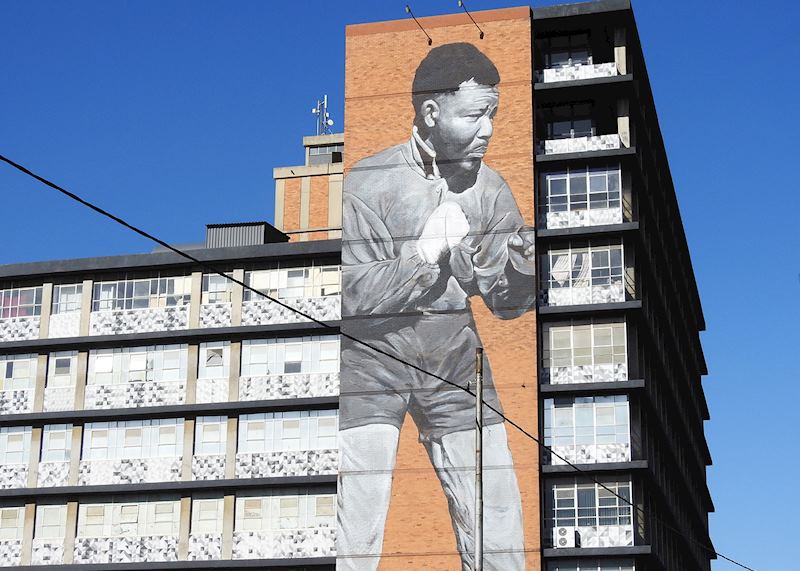
Contemporary art is everywhere in Johannesburg, from the vibrant bursts of graffiti that scale entire buildings to the buzzing studios of emerging artists in the city’s re-developed design hub. There’s a lot to uncover, and I think the best way to do so is on a private tour with your very own art specialist.
Let your guide know where your interests lie and they’ll craft the day around you, taking you to the galleries, studios, and streets that most capture your imagination. You might head to Everard Read, Africa’s oldest commercial art gallery, to admire a collection of South African sculptures, to the streets of Jewel City to gaze up at its diverse murals, or to a private studio for a more intimate experience where you can chat with the artists themselves. Along the way, your guide will help bring each piece to life, demystifying the culture, history, and politics behind the art.
South Africa’s history
Whether you’re a history buff like me or just want to better understand how modern-day South Africa came to be, you can dig into the country’s (often turbulent) past with expert guides at your side, getting a more intimate look into the events that have shaped not only South Africa but the entire world as a whole.
The Battlefields of KwaZulu-Natal
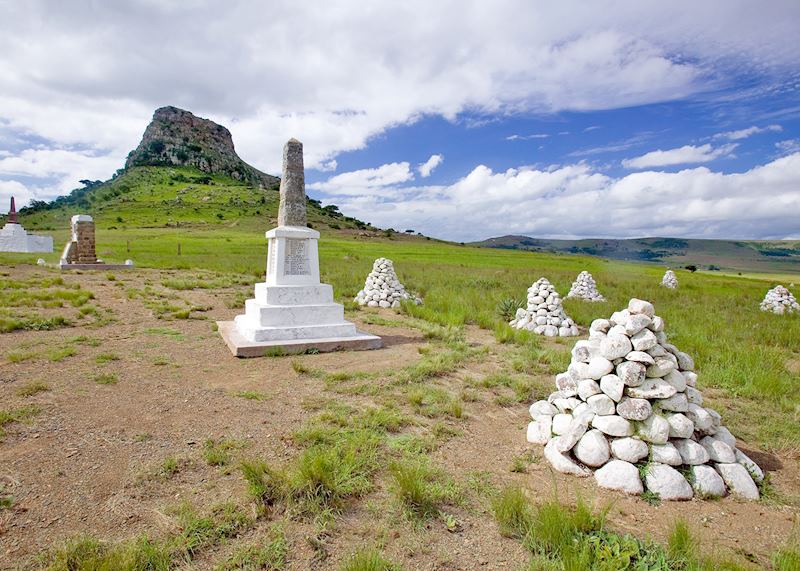
Clustered in the northeast of the country and backdropped by the Drakensberg Mountains, the Battlefields stretch out as a reminder of South Africa’s violent colonial history. Here, in the 19th century, British settler troops clashed with both the Boers and the Zulus, resulting in thousands of casualties.
As you walk across the now-still grassy plains where battles once raged on, your expert guide will unravel the events leading up to the British invasion and the clashes that followed, recounting the warfare tactics used by each side, as well as insights into the lives of those affected.
During my own visit, I was struck by the numerous mounds of gleaming white stones scattered across the fields. My guide told me that these are where the bodies of fallen soldiers were buried because the ground was too hard to dig. I found the whole experience very thought-provoking, and it gave me a much deeper understanding of South Africa’s complex colonial past.
The history of apartheid
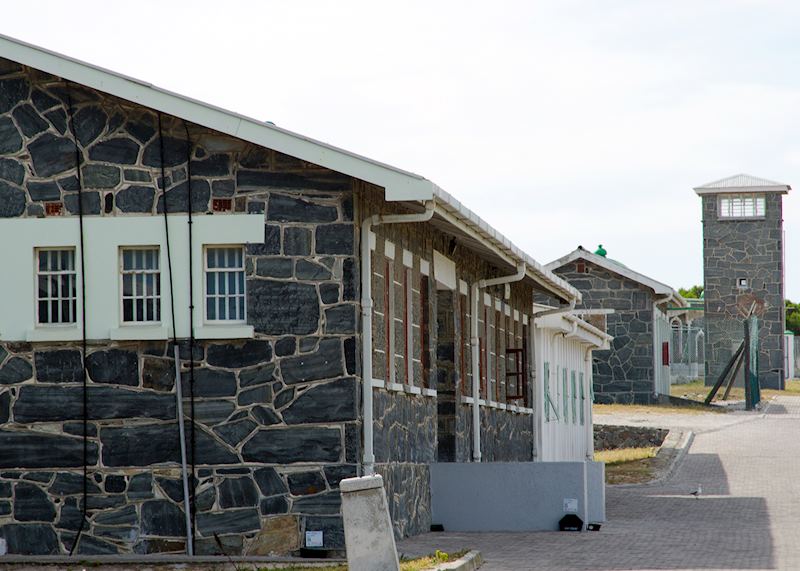
In the early 1990s, after a long struggle, South Africa’s apartheid system finally came to an end, and, soon after, activist Nelson Mandela was elected as the country’s first president following his 27-year imprisonment. It’s such a defining part of South Africa’s history that I think every trip merits a day or so learning about its impacts.
In Cape Town, I recommend a trip to Robben Island, where you can visit the cell where Mandela was held for 18 years — a cell so small that Mandela said he could walk the length of it in just three paces. Then, back in the historical heart of Cape Town, set off on a walking tour with a private guide who’ll teach you about the country’s fight for freedom, using the city’s landmarks and memorials to bring each story to life.
In Johannesburg, a visit to the Apartheid Museum is top of my list of recommendations. On arrival, you’re randomly assigned one of two identities: white or non-white. This identity will determine which entrance you pass through and your initial experiences in the museum, giving you a small but powerful glimpse into the disparities of segregation. Moving through the museum’s many displays can be overwhelming, and at times visceral, but I think it’s one of the best ways to understand this dark period of South Africa’s past.
If you’d like to dedicate more time to retracing Mandela’s life, here’s some trip inspiration.
South Africa’s wilderness
Most people associate South Africa’s wild side with safaris, but the extent of its great outdoors goes far beyond spotting the Big Five. Mountains, forests, and coast provide a tranquil backdrop for relaxation and exploration in equal measure.
Remote countryside retreats
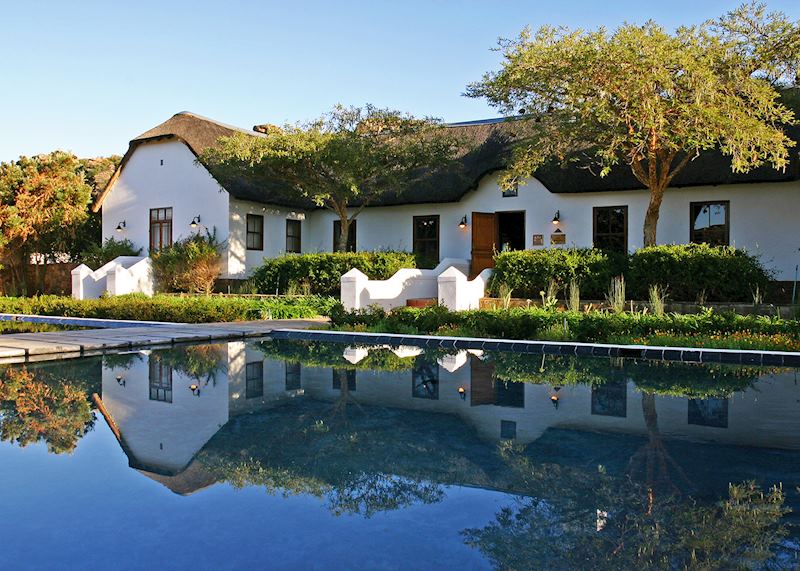
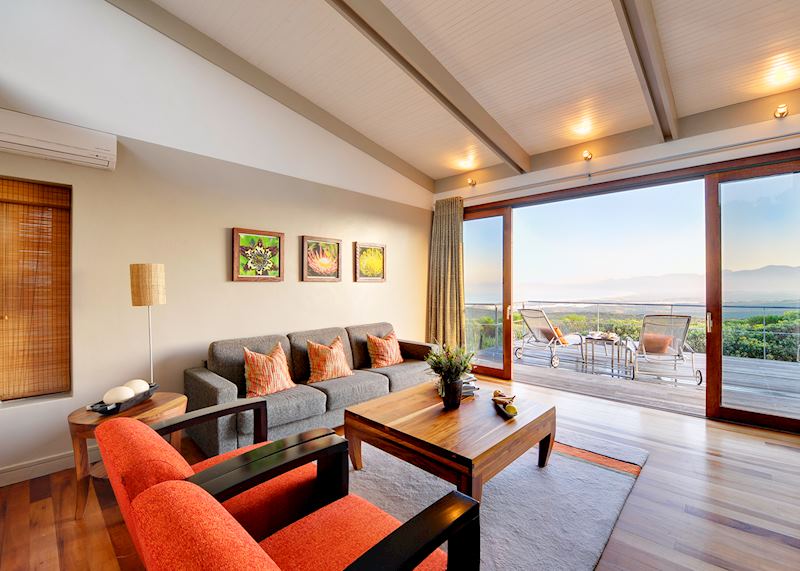
Far from the crowds of the cities and the drama of a safari, there are a handful of wilderness retreats that make for a relaxing stay during an action-packed trip to South Africa. I find that they offer a moment of solitude, a chance to gather your thoughts as you gaze out at some of the country’s very best landscapes.
You could drive to the Cederberg Mountains, a couple of hours from Cape Town, for an out-of-the-way stay at Bushmans Kloof. I visited during spring, when the wildflowers were in full bloom. Carpets of delicate purple and yellow petals contrasted against the dark greys and browns of the mountains and the blue skies above.
While there, you can take daily strolls and drives in the countryside (look out for rare Cape mountain zebras), have a private dinner in an old stone shepherd’s hut, and admire the ancient rock-art paintings depicting the wild elephants that used to roam the land before European settlers arrived. I loved how remote the location was.
Alternatively, spend a couple of nights at Grootbos Private Nature Reserve on the coast just south of Hermanus. Again, it’s very secluded and relaxation is top of the agenda. But, if you do want to venture out, there’s plenty to explore. You could go whale watching, take a 4x4 botanical safari to witness the fynbos in bloom, or stroll through the 1,000-year-old milkwood forest before soaking in the heated pool overlooking the ocean.
Scenic walks & hikes in the mountains
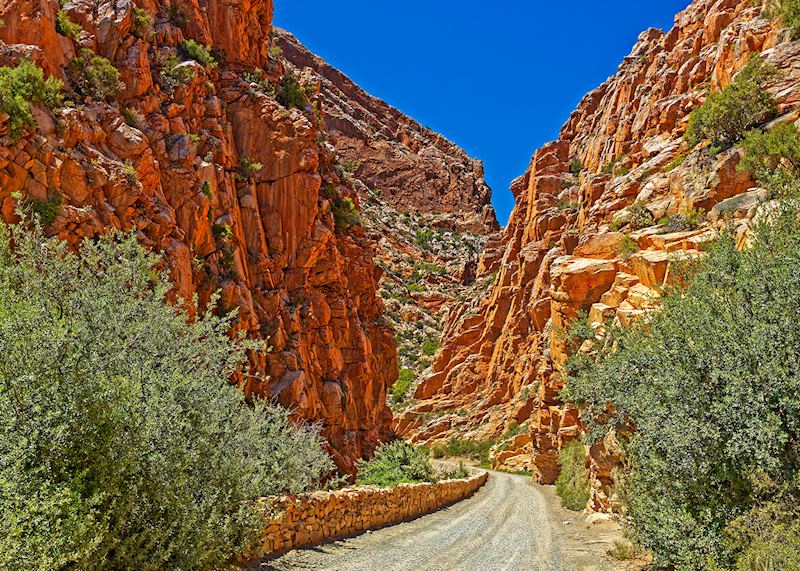
Hiking up Table Mountain in Cape Town is a challenge for most, but one that reaps rewards — from the summit, you’ll be treated to sweeping views across the scrub-covered cliffs, down to the coast-hugging city below, and out to the glittering South Atlantic Ocean ahead.
Sure, you can take a cable car straight up and down, but if you want to spend as much time as possible in nature with fewer people around, I’ll pair you with a private guide who’ll help you navigate the half-day hike. Together, you’ll scramble up the steep rocky trails to the front of the mountain, eventually reaching Maclear's Beacon, the very tip of the peak, where your reward awaits atop a lofty cairn.
If you’d like something more rural with few others around, I suggest heading to the Swartberg Mountains. There’s a long, meandering road that cuts through the range, with plenty of leisurely hiking trails snaking off of it. As you walk, you’ll pass through indigenous fynbos vegetation, including proteas, with far-reaching views of the millennia-old sandstone formations around you. Be sure to look up every now and then to spot Verreaux’s eagles and jackal buzzards flying overhead.
And, for a completely different take on South Africa’s wilderness in this region, you can also add on time at the nearby Cango Caves to wander through their vast dripstone caverns.
Read more about trips to South Africa
Start thinking about your experience. These itineraries are simply suggestions for how you could enjoy some of the same experiences as our specialists. They're just for inspiration, because your trip will be created around your particular tastes.
View All Tours in South Africa


